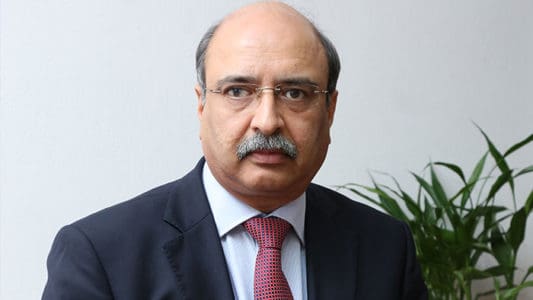SME in India covers 40% of the workforce; about 106 million people are directly or indirectly employed in the sector. With our country developing in terms of technology through digitization, increasing FDI boosting opportunities, the last five decades have seen a remarkable change in the SME sector. However the industry is proliferating, but these small-medium enterprises face underlying challenges.
A business needs everything from finance to the workforce to administration, and much more to start, survive, and ultimately succeed in the market. Some vital obstacles the business owners face are unavailability or shortage of finance, lack of skilled/talented human resources.
We have reached out to some of these SME owners to understand their perspective of overcoming the obstacle they are facing.
According to Shrijay Sheth, Founder, Legalwiz.in,

“SMEs that have gotten into the habit of operating in a Pandemic-oriented mode will need to recalibrate. They need to start thinking in terms of growth, sustainability and business continuity with respect to the 3rd wave ending. As competition grows fiercer, SMEs will need to focus on their teams as they transition from WFH to “in office” mode. Learnings from the past 2 years – in customer-orientation, customer-experience and optimal use of scarce resources will need to be brought into play. With the uncertainty on the global scene due to the Russian-Ukraine conflict, they need to anticipate the future and plan their business activities accordingly.”
“Also, sources of funds – whether investors, revenues, customers or partners – need to be revisited and relationships strengthened. SMEs will need to institutionalize the lessons learnt during the Pandemic and mainstream them into the system. Flexibility and resilience will play a big role in keeping SMEs agile, responsive and open to learning.“, he added.
According to Vanesh Naidoo, Co-Founder, Safe Cams,

“As we come out of the third coronavirus wave, the interest in our road safety cameras has increased, with more business and private vehicle owners valuing their safety. The challenges that I foresee for my business in 2022 are;
Inflation: The war in Ukraine has unleashed economic sanctions against Russia, putting pressure on already high energy costs. Petrol prices will stay above the Rs100 mark for the rest of the year. This will lead to higher inflation in India and hamper economic growth.
Working capital: It will become harder to manage as debtors look to increase payment times and stock holding becomes more expensive. Businesses, especially SMEs, need to be on top of their working capital and cash flow for 2022.
Specifically for our businesses, the petrol price will impact our fleet segment adversely. They will tighten their CapEx spending as the petrol price increases their direct costs. We will have to offer innovative ways to help them reduce or manage their fuel costs. Our 4G cameras can be installed with fuel sensors, so our clients know the exact fuel levels in their vehicles in real-time. He added that effective reporting of fuel usage and the ability to pick up fuel theft are some of the benefits of using our hardware and software platform.”
Adding about the current challenges for SMEs in India, Mr. Yash Dubal, Director at A Y & J Solicitors, said,

“The current challenge faced by the Indian SMEs is to expand their business into international markets like the UK. It’s because of the ever changing complex UK immigration rules which requires subject matter expertise. So, navigating through this complex immigration rule is the number one challenge. Number two is trying to find out the cost effective immigration route for SMEs to enter the market and again it is directly related to challenge number one having right bespoke immigration legal advice. This will help in finding out the right and cost-effective route for SMEs to enter into the global market.”
Addressing the current challenges for tech companies Mr. Akhil Gupta, Tech Expert, said,
“The biggest challenge that the tech industry is going to face is manpower shortage in 2022. Businesses which would have taken many years, even decades, to become tech enabled were forced to do so within a very short span due to COVID. This meant that there was a huge increase in the demand for tech experts across domains. This coupled with the possibility of remote working which means people are no longer geographically limited to an area has resulted in what’s being called “The Great Resignation.” Larger organizations with deeper pockets are offering compensations previously unheard of making it very difficult for small organizations to compete and retain talent. Even if they somehow do match, the candidate will start looking for an even better package soon enough. Hiring and maintaining talent is going to be a real challenge in the year 2022.“













